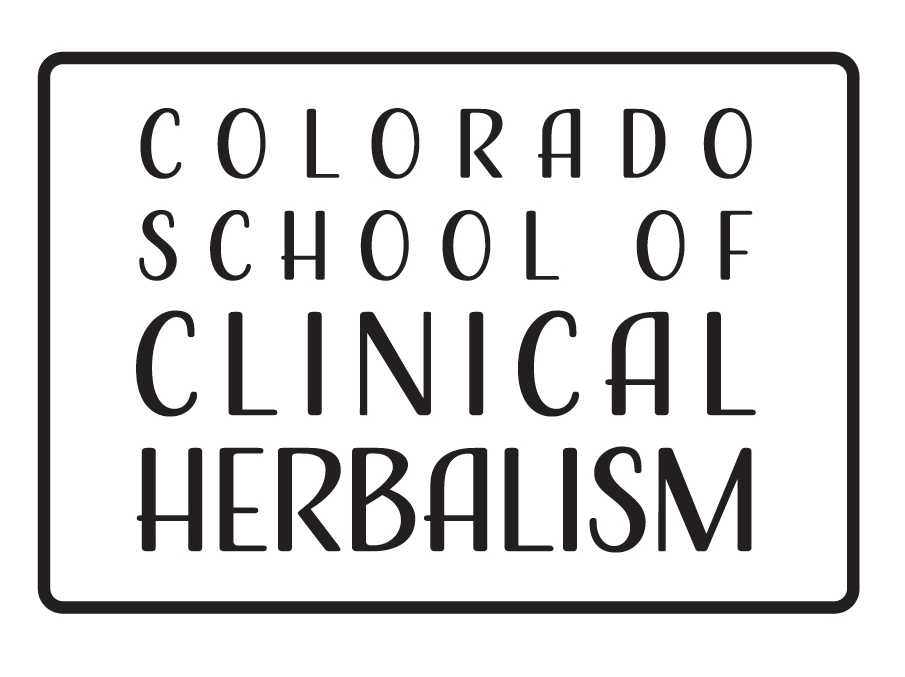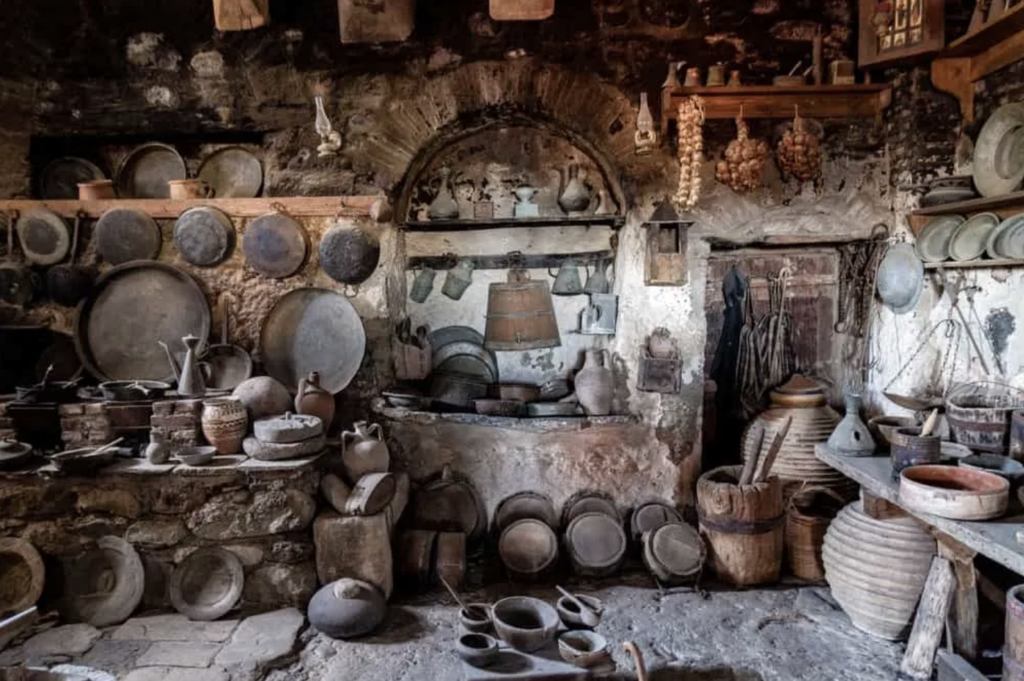Author: Jordan Signor
A Brief History of Food Preservation as Art
Throughout history and across every culture, a story has been preserved through food. In order to survive, humankind had to harness the elements, and learn ways to work in harmony with the natural world.
Naturally, the vital force in all food begins to diminish the moment it is harvested. Thus, lending to a spoiled bounty if not consumed soon after. The preservation of food allowed ancient humans to stay for longer amounts of time in one place, create structure, plant roots, and build community. Wild game, fish, fruits, vegetables, and so forth were preserved not just as a form of sustenance, but as a way to celebrate and commemorate special occasions. Anthropologically, food became a way to honor and pay respect to the cycles of the Earth and to each other.
Drying & Smoking
The earliest recorded method of food preservation is drying. Recorded evidence shows that Asian and Middle Eastern cultures have relied on the elemental guidance of the sun and wind to dry and preserve food since 12,000 BC. The Romans were also very thorough in their documentation of preserving fruits and vegetables and herbs. In the middle ages, “still houses” were erected specifically for building fires and creating enough heat to dry and preserve goods within. They also were fond of smoking foods in the still houses.
Freezing
Given the appropriate climate, freezing was also a heavily relied upon method of preservation. Freezing temperatures granted people access to easy food storage for many months of the year if the geographic landscape permitted. Food was often buried underground for the duration of winter to ensure that it remained frozen. When less than freezing temperatures were present, people made use of cold streams, cellars, and caves to prolong the lifespan of hunted and gathered food. This eventually gave rise to the icebox in the 1800’s and the invention of the artificial refrigerator.
Salting & Curing
The ancient Egyptians were the first recorded peoples to recognize the role salt plays in the preservation of food. They discovered early on that sodium draws out opportunistic bacteria that cause moisture in food. Due to the hypertonic nature of salt, pathogenic organisms cannot survive. Any living cell in this environment becomes dehydrated through the process of osmosis and becomes inactive or dies off. This discovery allowed them to dry meat and other goods and store them without any method of refrigeration for extended periods of time.
Fermenting
Fermentation was another miraculous discovery that changed the course of human evolution. It is speculated that, at some point in time, a few grains of barley were left in the rain and this perfect storm of ingredients created the very first beer. The same is true for fruits turned to wine, cabbage turned to kraut, and so forth. Microorganisms evolved the starch derived sugars into alcohol and this process was carefully observed and encouraged by ancient peoples. Many anthropologists believe that humans began to evolve away from their nomadic way of life to settle down and ferment alcohol around 10,000 BC. Ancient peoples recognized that fermentation not only preserved foods, but increased the nutritional value of food, and created more palatable flavors from what were often unappetizing ingredients.
Pickling
Pickling is a method of preserving food that involves vinegar or some form of acid. Vinegar is produced from starches or sugars into alcohol and then evolved further by bacterial oxidation to acetic acid. It is believed that pickling was spawned from preserving food in beer or wine. Given that our ancestors were not prone to wastefulness, the remnants of the pickling process were turned into a diverse array of sauces. Ketchup was originally an oriental fish brine that found itself on the European spice trade routes and then eventually to the America’s where someone decided to add a bit of sugar. Additionally, chutneys, relishes, and mustards were all common byproducts of the pickling renaissance.
Eden T. 1999. The Art of Preserving: How Cooks in Colonial Virginia Imitated Nature to Control It. Eighteenth Century Life 23(2):13 23. Also available from: http://muse.jhu.edu/journals/ eighteenth century_life/v023/23.2eden.html
Mack L. 2001. Food Preservation in the Roman Empire. Chapel Hill, NC. University of North Carolina. Available from: http://www.unc.edu/courses/rometech/public /content/survival/Lindsay_Mack/Food_Preservation.htm
Messing, L. 2021. The history of preserving food at home. Michigan State University Extension

